Jumla Simikot Trekking via Rara Lake is one of the most unspoiled trekking routes in Nepal. It lies in the remote Karnali region, northwest of Kathmandu and will lead you to the Jumla, Mugu and Humla regions. The Rara National park is Nepal’s smallest and most scenic National Park, established in 1976. It protects some of the most beautiful alpine and subalpine ecosystems of the Himalaya. Especially the pristine Rara Lake is worth a visit, also known as Mahendra Tal. In fact, it is the largest Lake in Nepal, in its smallest National Park.
The Rara region is made up of long ridges, covered with temperate forests and alpine pastures enclosing high valleys. Summer rainfall is low, but winter snow can be heavy and persistent. The Lake is surrounded by richly forested hills and snow capped mountains in the background. This Jumla Simikot Trekking via Rara Lake is a classical off the beaten path route, on which you can experience cultures and scenery that are very different from the rest of Nepal. In fact, the Rara Lake is covering the area of 10.8 Sq, km. at the elevation of 2980m.
Further, this trek is offered as an extension to the Jumla to Rara Trek, which adds a further week to your trip. However, the journey north is a difficult hike as one travels steeply up and then down from one gorge to another. This is the province of Humla, often referred to as the Hidden Himalayas and ups and downs will soon become your mantra. Simikot is situated just above the Humla Karnali River and you should take time to explore the town and some of the surrounding villages. Here, you will discover a way of life that has barely changed in hundreds of years.
Outline Itinerary:
01 Arrival in Kathmandu
02 Full day guided Sightseeing Tour in Kathmandu Valley by private van
03 Flight from Kathmandu to Nepalgunj
04 Flight from Nepalgunj to Jumla (2370m)
05 Trek Jumla to Danphe Langa (3130m) – 5-6 hrs
06 Danphe Langa to Chautha (2770m) – 5-6 hrs
07 Chautha to Dhotu (2380m) – 4-5 hrs
08 Dhotu to Rara Lake (3040m) – 3-4 hrs
09 Exploring Rara Lake
10 Rara Lake to Karnali Riverside Camp – approx. 4 hrs
11 Riverside Camp to Bam (2700m) – approx. 5-6 hrs
12 Bam to Jogimara (3005m) – approx. 6 hrs
13 Jogimara to Piplan (1700m) – approx. 7 hrs
14 Piplan to Apsia Lekh (3200m) – approx. 7-8 hrs
15 Apsia Lekh to Punkha Khola – approx. 6 hrs
16 Punkha Khola to River Camp – approx. 5 hrs
17 River Camp to Simikot (2900m) – approx. 6:30 hrs
18 Flight from Simikot to Kathmandu via Nepalgunj
19 Buffer day in case of flight delays or cancellation due to bad weather
20 Final Departure from Kathmandu
Additional information
| Difficulty | All levels, Experienced Trekkers |
|---|
Arrival in Kathmandu
Full day guided Sightseeing Tour in Kathmandu Valley by private van
Flight from Kathmandu to Nepalgunj
Flight from Nepalgunj to Jumla 2370m
Jumla to Danphe Langa (3130m)
Walking time: 5-6 hours
Trek from Danphe Langa to Chautha 2770m/5-6 hours.
Walking time: 5-6 hours
Trek from Chautha to Dhotu (2380m)
Walking time: 4-5 hours
Dhotu to Rara Lake (3040m)
Walking time: 3-4 hours
Exploring the Rara Lake
Rara Lake to Karnali Riverside Camp
Walking time: approx. 4 hours
Riverside Camp to Bam (2700m)
Walking time: 5-6 hours
Bam gto Jogimara (3005m)
Walking time: 6 hours
Jogimara to Piplan (1700m)
Walking time: 7 hours
Trek from Piplan to Apsia Lekh (3200m)
Walking time: 7-8 hours
Apsia Lekh to Punkha Khola
Walking time: 6 hours
Punkha Khola to River Camp
Walking time: 5:30 hours
River Camp to Simikot (2900m)
Walking time: 6:30 hours
Flight from Simikot to Kathmandu via Nepalgunj(1330m)
Buffer day for flight delays or cancellation due to bad weather just for in case and overnight in Hotel.
Final Departure from Kathmandu
Jumla Simikot trekking:
Humla District is situated in the Far western region of Nepal in the Karnali zone and Simikot is the headquarters. This is one of the biggest districts in Nepal and covers 5,655km² but has a very low population compared to its size, only around 42000. The northern part is dominated by people who follow Buddhism, many of them come originate from Tibet, whereas the southern part is dominated by Hindus.
Humla one of the most remote and least visited regions of Nepal, as it is only accessible by irregular air service, especially depending on the season. Humla is very traditional and is well preserved in terms of nature. The absence of modernization makes the Humla Simikot region very isolated from the outer world. Trekking in this region gives you an experience of walking through pristine nature and will encounter unique species of flora and fauna. Beautiful, bitter, joyous, and holy, it is Humla. This region shares border with Tibet which has resulted in many similarities among Humla and Tibet. Some of the poorest people in Nepal live in Humla Simikot area. This area is deprived form the basic infrastructures of development such as roads, communication, health services etc. The infant mortality rate is also very high in this region as some mothers give birth to as much as 8 children of which only few survive.
Price and Service Details:
| DEPARTURE/RETURN LOCATION | Kathmandu | |||||||||||||
| JOIN GROUP | 1 before departure from Kathmandu. | |||||||||||||
| SERVICE INCLUDES |
|
|||||||||||||
| SERVICE DOES NOT INCLUDE |
|

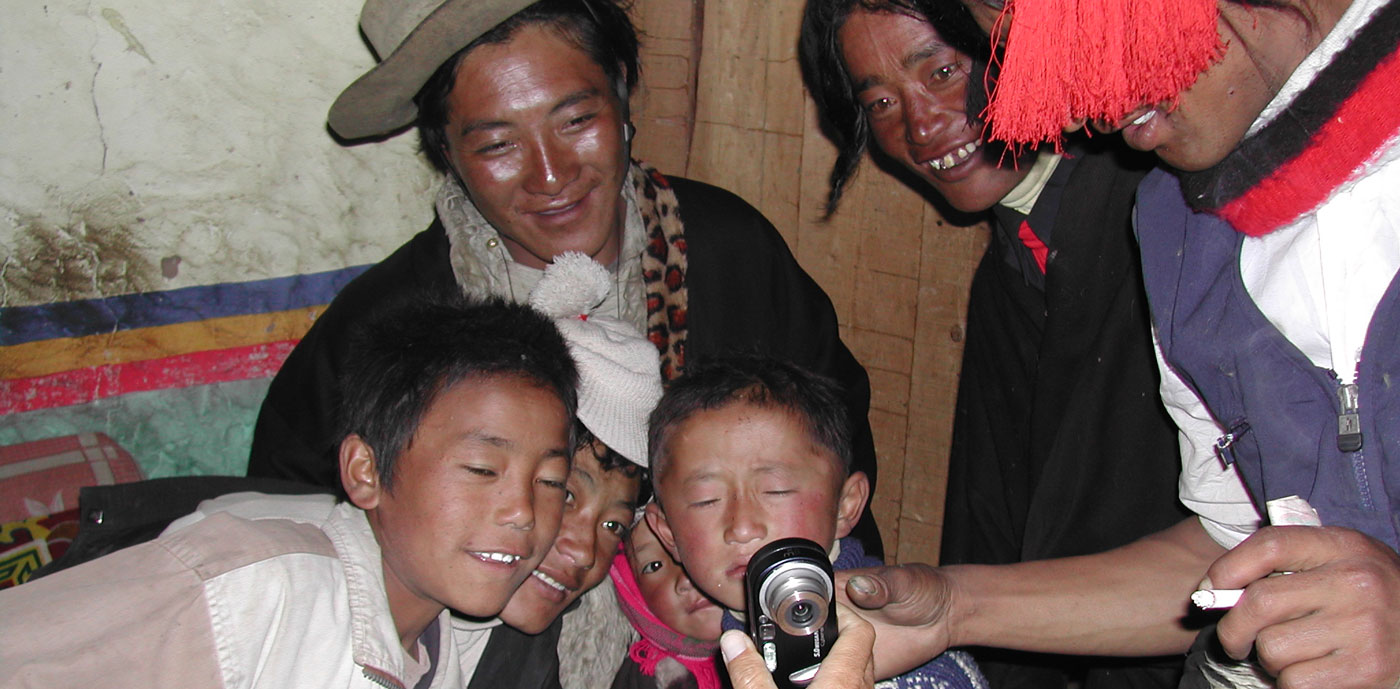
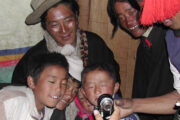
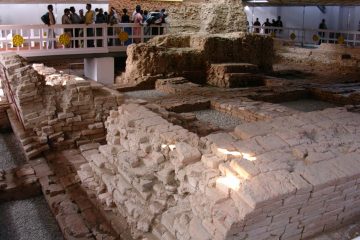
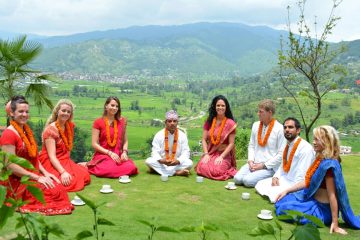
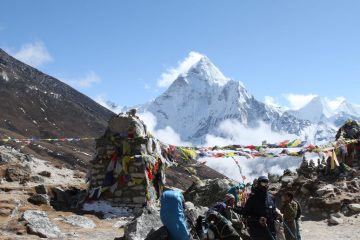
Tour Reviews
There are no reviews yet.
Leave a Review